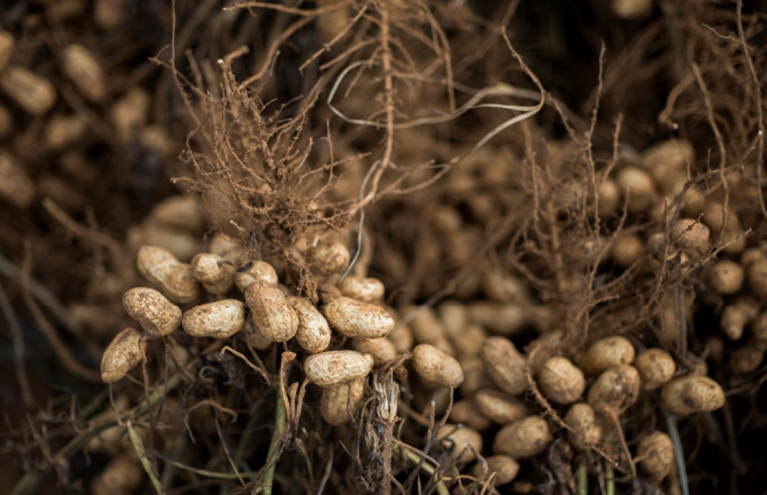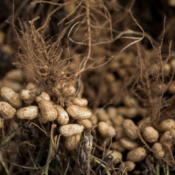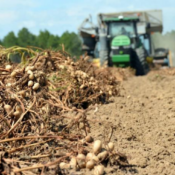
New Discovery in Peanut Defense Mechanisms Offers Hope forDisease Resistance
The discovery of a natural defense mechanism in peanut that resists fungal infection holds promise for the future development of disease-resistant peanut varieties. Peanut, an economically significant oilseed, is vulnerable to Aspergillus infection and subsequent aflatoxin contamination.
This comes after last month's recalls of Pick n Pay’s 1kg No Name, Dischem’s Lifestyle brand 400g and 800g smooth and crunchy, Wazoogles (different sizes), Eat
Naked (different sizes) and Woolworths’ peanut butter dairy ice cream.
A recent study by ICRISAT researchers delved deeper into the natural resistance exhibited by select peanut varieties and uncovered the biochemical processes
that lead to the thickening of the secondary cell wall, providing greater resistance to the fungal infection caused by Aspergillus flavus.
Aflatoxin, a potent carcinogen and toxin, accumulates in a variety of food crops such as cereals, oilseeds, pulses, and nuts due to infection by Aspergillus species.
Aflatoxin contamination poses a significant global challenge, impacting food safety, human health, and the economy.
Strict government regulations on the permissible levels of aflatoxin in food commodities significantly impact the food market and export economies, especially in
developing countries. While various physical and chemical methods exist to combat, minimize and manage aflatoxin contamination, developing more resistant
varieties offers the most economical solution by addressing the problem at its root.
This study offers insights that will be pivotal for breeding groundnut varieties that are fully resistant to Aspergillus infection in the future.
Dr Jacqueline Hughes, Director General of ICRISAT, highlighted the organization's over 50 years' experience in managing aflatoxin contamination.
For this study, ICRISAT researchers used a metabolomics-based systems biology approach to understand the biochemistry behind increased peanut resistance
to Aspergillus infection for the first time. The study reports the linkage between two specific metabolites and the level of resistance exhibited by peanut varieties.
The two key metabolites, hydroxycinnamic acid amides (HCAAs) and lignin precursor levels were higher in the resistant genotype. These compounds strengthen
the secondary cell wall, providing a physical and chemical barrier against infection.
“The findings of this study highlight the important role secondary thickening of cell walls plays in reducing infection of seed in the field. If we can combine this with
other mechanisms, which further decrease infection in peanut, we can really begin to move towards an aflatoxin-free peanut, ensuring the production of safe,
toxin-free food,” stated Dr Sean Mayes, Global Research Program Director – Accelerated Crop Improvement.
Introducing the metabolomics-based systems approach, Dr Yogendra Kalenahalli, the study's lead author, emphasizes its utility in uncovering the cellular
mechanisms behind plant disease resistance.
"This methodology is not just confined to breeding more resistant groundnut varieties but can provide a wider understanding of similar resistance mechanisms
across a broad spectrum of food crops such as cereals, oilseeds, and nuts, which are highly susceptible to contamination from aflatoxin and other mycotoxins,"
All Categories
Recent Posts
Unlocking Africa’s Potential Afroseeds’ Commitment to High-Quality Crops for a Global Market”
New Discovery in Peanut Defense Mechanisms Offers Hope forDisease Resistance
U.S. peanut tour inspires Malawians
Agriculture & Organic Farms
+0123 (456) 7899
contact@example.com



